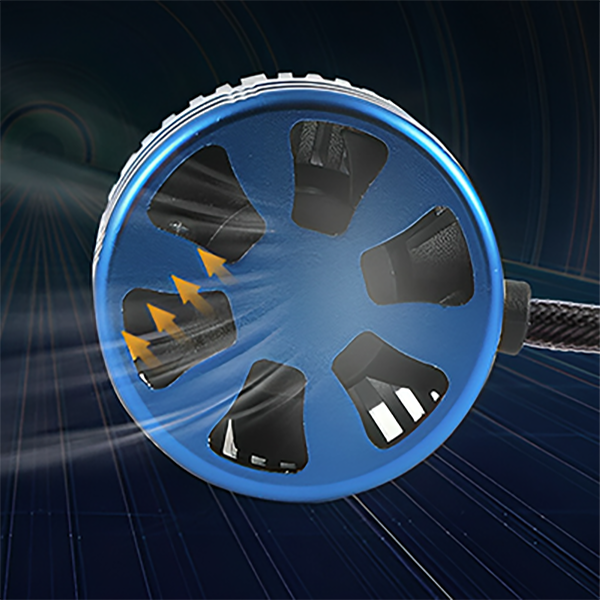With the continuous development of LED technology, LED headlights have gradually become the mainstream choice for automotive lighting due to their unique advantages such as high brightness, low power consumption and long life.
However, the heat dissipation problem of car headlight has always been the main factor affecting their performance and life. This article will introduce the main heat dissipation methods of LED headlights on the market and explore the impact of heat dissipation on the life of LED headlights.
Main heat dissipation methods of LED headlights
Natural heat dissipation:
Natural heat dissipation is the simplest heat dissipation method for LED lamps, relying on the heat radiation and air convection of the lamp body itself to dissipate heat.
This method is usually used for low-power led lights headlights because of the low heat dissipation efficiency and cannot meet the heat dissipation requirements of high-power LEDs.
Fin heat dissipation:
Fin heat dissipation increases the contact area with the air by installing metal fins on the LED lamp body, thereby improving the heat dissipation efficiency.
This method belongs to passive heat dissipation and is suitable for medium and low-power LED headlights.
The advantages of fin heat dissipation are simple structure and low cost, but the heat dissipation efficiency is still limited.
Braided belt heat dissipation:
Braided belt heat dissipation uses fine copper or aluminum wires woven into a belt shape to dissipate heat through heat radiation and air convection.
Compared with fin cooling, braided belt cooling is more efficient, and the shape of the heat sink is highly plastic, suitable for installation environments with limited space.
Radiator + fan cooling:
Radiator + fan cooling is the most mainstream cooling method on the market. By installing a radiator and a fan on the LED lamp body, the high-speed rotation of the fan forms air convection to quickly take away the heat.
This active cooling method is highly efficient and suitable for high-power LED headlights, which can significantly improve the brightness and stability of LED headlights.
The impact of heat dissipation on the life of LED headlights
The junction temperature (referring to the semiconductor PN junction) plays an important role in the attenuation of LED headlights.
Reduce the junction temperature The higher the junction temperature (junction temperature) of the LED lamp, the faster the light decays and the shorter the life.
Good heat dissipation can effectively reduce the junction temperature, delay the light decay, extend the service life of the LED headlight, and improve the reliability of the LED headlight.
Choose the most durable LED headlight bulb for your car!
Introducing this F40 LED headlight, with a power of up to 110W, it is able to provide maximum brightness and instantly light up the night.
Equipped with a waterproof fan inside, this innovative cooling system effectively dissipates the heat generated by the LED, preventing overheating and ensuring long-term consistent performance. This is an excellent product designed for long life and high brightness.
If you want to know more or purchase car headlights, please contact WWSBIU officials directly:
Company website: www.wwsbiu.com
A207, 2nd Floor, Tower 5, Wenhua Hui, Wenhua North Road, Chancheng District, Foshan City
WhatsApp : +8617727697097
Email: murraybiubid@gmail.com
Post time: Jul-25-2024








